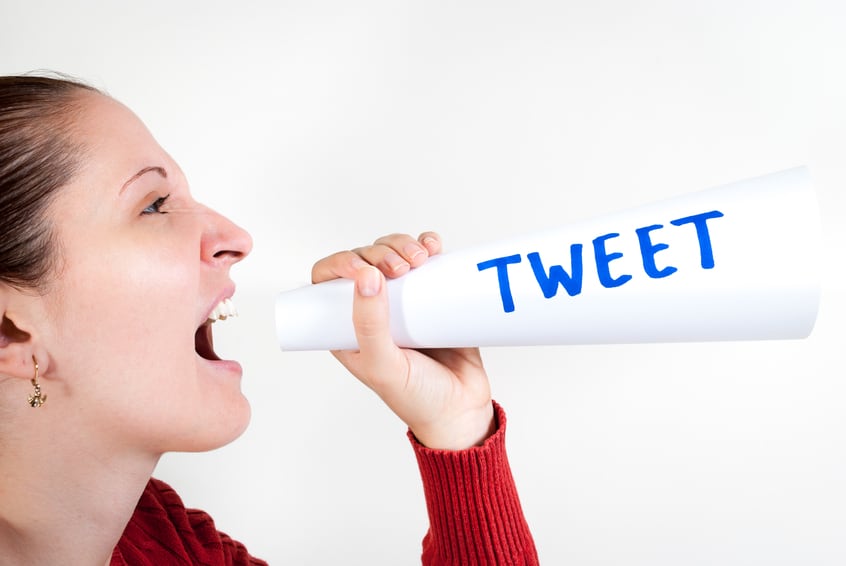It’s become a cliché to say that coronavirus has changed everything, but it has. Danone's CEO recently said that the pandemic will polarise the food sector, essentially eroding the middle market; he predicts that demand will fall between high-end choices and cheaper, budget items, with very little in-between.
While this might sound drastic, it’s fittingly drastic for our times - and FMCG brands have equally drastic decisions to make. People have shopped differently, and for different kinds of products, as they saw their lives upended during the pandemic. Much of that behaviour change is set to stay.
This has led to huge changes in the ranges stocked by retailers, with a knock-on effect to brand portfolios. FMCG brands are asking themselves: what products should stay, which ones need to go, which require a refresh or repositioning to fit in with new consumer behaviour, and what NPD needs to happen?
There are too many variables for guesswork, which is why neuroscience should be the calling-card for brands looking to navigate the dramatic changes determining how, why and what people shop. It’s a fast-track to test how consumers perceive a brand’s new product idea; or a new look and feel, with fresh messaging and identity on-pack; or it can help assess how a product compares with the competition.
Neuroscience can support portfolio shift - without rocking the boat
Perhaps you want to put a focus on scratch cooking ingredients, or how to feed hungry kids several times a day - the products that meet these criteria may need to be refreshed for this new kind of consumer demand. Something that was once appropriate and on-brand might be deemed a bit ‘off’ now, and neuroscience can assess how people feel about a revamped product concept or identity, even down to colours and words.
Marketing agency HeyHuman has supported on this kind of repositioning with weight loss and diet plan brand SlimFast. The brief was to test the brand’s assets, old and new, and find out how to broaden its appeal, driving future growth without impacting findability or familiarity.
For the packaging, the ‘neuromarketers’ found it was just the subtlest of changes that made the difference. SlimFast played with logo placement, fonts, straplines – and HeyHuman ran implicit testing online, which requires participants to associate brand assets with certain words and images. Visual saliency testing was also undertaken, which uses eye-tracking to identify ‘hotspots’ on packaging - essentially, it shows where participants spent most time looking. If they’ve not looked at the logo, it probably needs a change.
Weeding out what didn’t work - there were issues over certain colour schemes – the information was used to determine exactly where the highs and lows were.
Identifying exactly which visual cues work for your brand, and how far you can take them without losing your USP, is a key area where neuroscience can support.

Evaluating the competitive landscape
From here, you need to gain a sound understanding of competitors.
Specifically, what it is they're doing well, what it is people dislike about them, and how your brand can steal a lead. For SlimFast, participants were asked to find the brand amidst competitor products in a mock-up of a supermarket aisle. This test was first run with the old packaging design, then the revamped version. Just one other brand ranked above SlimFast.
Using this kind of mock-up scenario is the perfect way to judge how products in your portfolio are performing - the visual branding on packaging in a cramped aisle is ultimately where they’ll be judged, bought or ignored.
This means you have to look at where your brand is performing poorest, too.
Your product portfolio might have made perfect sense pre-COVID, but customer behaviour and sentiment have moved on fast. It’s a tough call, but if pressure from retailers, market forces and neuroscience testing point to certain items having outlived their purpose, now is the time to make the cut and streamline that portfolio.
Neuroscience also has a key role to play once a brand has restructured its brand portfolio - it can be used to help formulate communications all the way from ideation through to the delivery of TV ads, social media and online creative, with everything in between.
When to wing it?
Birds Eye took a gamble when it rolled out its ‘What’s for Tea?’ ad in mid-April. Spurred on by the skyrocketing sales of frozen food and the recently enforced lockdown, it had eighteen days to assemble an ad campaign from scratch, from concept to delivery. Birds Eye conducted no neuroscience testing prior to this, as the mood of the nation was changing by the week. It was deemed too volatile an environment by the brand.
The risk paid off and the ad perfectly captured the tone. But not every brand can afford to wing it without checking how people might react. That’s where neuroscience comes in.
During a time where it pays to be risk-averse, it can bolster a brand’s better features, strip out the bad ones, and ensure every facet of your intellectual property resonates with customers. It drills into the minutiae: which products should you focus on selling, which should you discontinue, which need to be repositioned, how to communicate them effectively - everything, from the biggest changes to the smallest tweaks.
Fundamentally, neuroscience helps with the most important questions a marketer should be asking themselves. Is my brand even relevant anymore? Are my new comms actually bringing people with them, or pushing them away? This stuff’s just too important to leave to chance.
Liz Richardson is managing director and partner at HeyHuman, and a member of FoodNavigator’s Expert Advisory Panel




